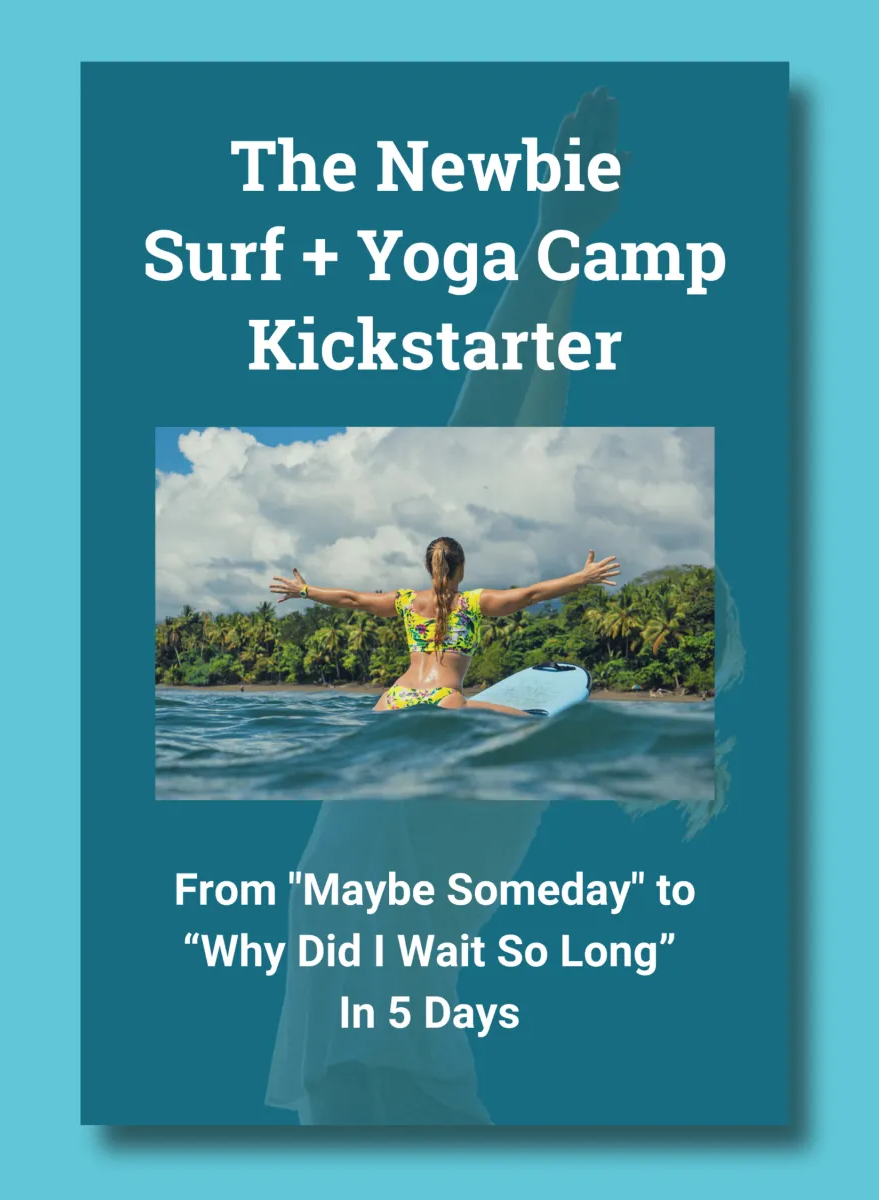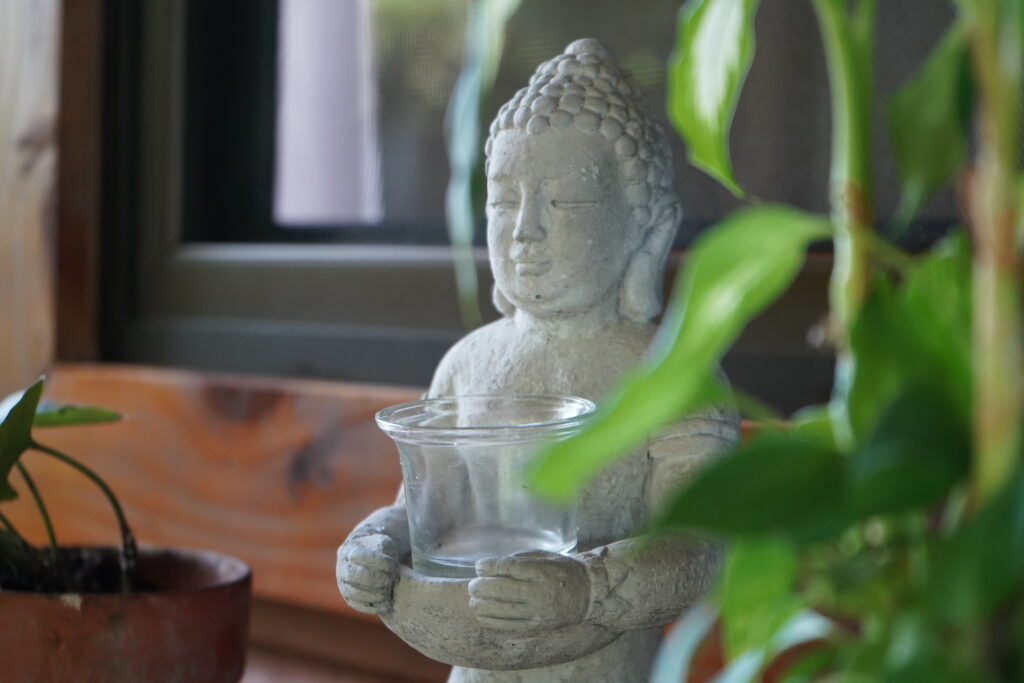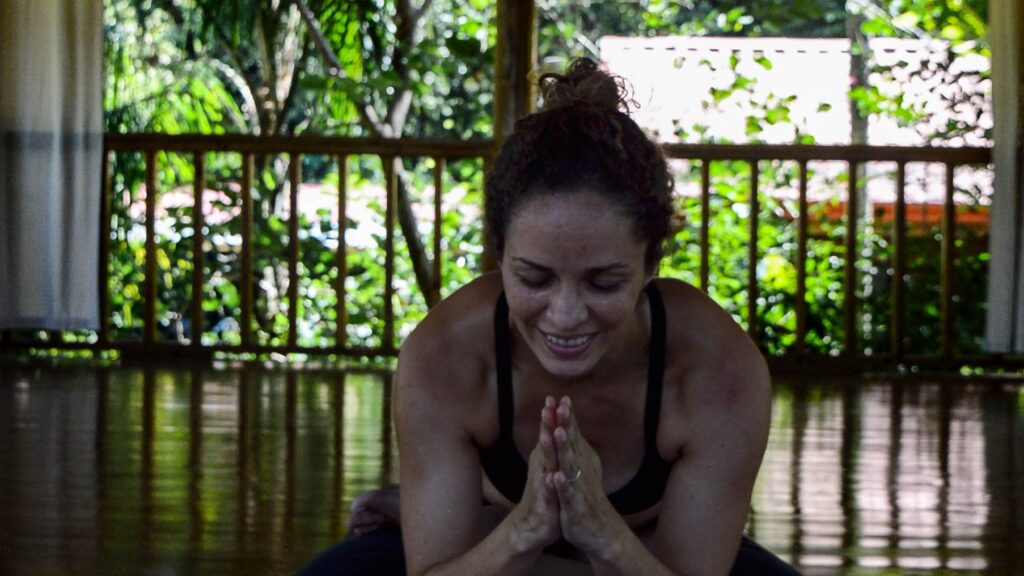Yoga for Mobility: 5 Yoga Poses for Surfers & Other Athletes
As a former college athlete, lifeguard, and surf coach, I’m all too familiar with the many limitations of having tight muscles and limited mobility. A physically active lifestyle stresses the body and can lead to injury if we do not care for ourselves through stretching, yoga, bodywork, and strength training.
To improve and maintain my mobility and athletic performance over the years, I’ve learned many stretches and mobility exercises that have benefitted my health and protected me from injury. I was a certified CrossFit trainer and worked as a stretch therapist for some time before moving to Costa Rica and joining the Bodhi staff as a surf coach.
One of my favorite ways to take care of my body and improve my mobility is by practicing yoga, a series of movements and poses that, when linked with breathwork and mindfulness, can significantly enhance the body’s capacity to move without pain. And as we all know, life requires movement, so it pays to move well!
Throughout this blog post, we will learn about the importance of good movement (aka mobility), how to improve mobility by practicing yoga, and how mobility can help us improve our surfing. The topics we will cover are as follows:
- What is mobility?
- Why is mobility so important?
- How Yoga Improves Mobility
- How mobility transfers to surfing
- 5 yoga poses for mobility
- Tools and resources for improving your mobility

What is Mobility?
An article by Harvard Health defines mobility as “your ability to move purposefully as you go through your day, and is the foundation for living a healthy and independent life.”
Mobility expert and author of Becoming a Supple Leopard and Built to Move, Dr. Kelly Starrett, states, “Mobility is about optimizing movement to maximize physical performance—consistently and without injury.”
Simply put, mobility is the ability to move freely by accessing the full range of motion in your joints without pain.
You probably know someone extremely muscular but can’t touch their toes. You probably also know someone who can easily do the splits but can’t do a single pullup. Mobility is about achieving a perfect balance between strength and flexibility.
Why is Mobility so Important?
“Mobility comprises all the skills required for everyday living: physical stamina, strength, balance, coordination, and range of motion. Mobility also helps us avoid falls and prevent injuries.” – Harvard Health
Limited mobility results from tight muscles, often stemming from a lack of movement. Someone who spends hours a day sitting in a chair at an office desk without getting up to move or stretch will likely suffer from tight muscles and limited mobility.
Poor mobility can also result from maintaining lousy posture throughout the day, such as constantly slouching and rounding the shoulders forward.
Lack of mobility puts us at risk of injury and prevents us from moving well when performing routine physical tasks. Additionally, poor mobility can lead to chronic pain, which prevents us from enjoying a healthy and active lifestyle.
On the other hand, good mobility allows us to move through the day pain-free and enjoy all the physical activities we partake in, such as running, swimming, biking, and strength training.
Good mobility is characterized by the perfect balance between strength and flexibility, which results in better performance and fewer injuries.
Someone with good mobility can:
- Move freely and without pain
- Maintain proper posture in their spine
- Access the full range of motion in their joints and muscles
“With a good range of motion, your joints move easily and comfortably, your torso and limbs function efficiently, your risk of injury decreases, and you enjoy a higher quality of life.” – Motion PT Group

How Yoga Improves Mobility
“The gentle stretching and flowing movements of yoga, tai chi, and qi gong can help with mobility by improving flexibility, balance, and core strength.” – Harvard Health
Yoga is a highly transferable practice with many physical benefits that will undoubtedly help you stay healthy and active — improved balance, strength, flexibility, and range of motion, to name a few.
Furthermore, practicing yoga is a great way to promote spinal health, as it recruits muscle strength and improves posture. Maintaining good posture in your spine is crucial to athletic performance and fundamental human movement.
Yoga exposes us to a broad range of movements and demands that we express body control through full, normal ranges of motion. Yoga also improves flexibility by stretching muscle tissues to their end ranges. Flexibility is a key part of maintaining mobility. The more flexible you are, the better you can move (to a point — we want to avoid hyperflexibility, which can lead to injury).
The great thing about yoga is that it teaches us to access a full range of motion through concentrated breathing. Yoga trains the physical body and the mind to achieve optimal mobility for daily living.

How Mobility Transfers to Surfing
As a surf coach for many years, I’ve witnessed firsthand how important mobility is to becoming a good surfer. Poor mobility is the most common limiting factor that prevents our surf students from progressing at a normal rate.
If someone has a limited range of movement in their shoulders, elbows, or wrists, then that will prevent them from being able to paddle their surfboard efficiently. If someone suffers from limited mobility in their hips, knees, or ankles, they will have a very difficult time popping up to their feet from the prone position.
But if you know how to move well and have full range of motion in all of your joints, then learning how to surf becomes a fairly seamless process, at least from the physical side of things (reading waves is a whole different ball game).
Yoga is hands down the most effective exercise to improve core strength, body posture, spinal mobility, joint health, and body mechanics for surfing. Furthermore, the yoga asanas are geared toward aligning the body and improving posture, which helps maintain the spine’s natural curvature and reduces back pain — a common byproduct of surfing.
But don’t just take my word for it. Look at Gerry Lopez as an example of how yoga is beneficial to surfing.
Lopez is widely considered one of the best and most stylish surfers of all time. Interestingly enough, Lopez has also been practicing yoga for decades and even leads yoga retreats several times a year.
So if you want to stay fit and limber for surfing, consider taking up a simple yoga practice to help you maintain and improve your mobility.
5 Yoga Poses for Mobility
First and foremost, every surfer must maintain a highly mobile spine. A healthy spine allows you to compress, extend, twist, rotate, and maintain proper posture when paddling your surfboard.
Moreover, surfers must have mobile shoulders, elbows, and wrists for paddling power and endurance. Also, surfers must have good mobility in their hips, knees, and ankles to pop up, balance, and perform maneuvers in a functional and athletic surf stance.

Here are 5 yoga asanas that will help you improve your mobility for surfing:
Downdog: One of the most common yoga poses, the downward-facing dog is excellent for mobilizing your spine, shoulders, elbows, and wrists for paddling.
Cobra: Having a healthy spine is essential for postural endurance — maintaining proper paddling posture over time. Cobra pose simulates proper paddling posture and is the first step in your pop-up process.
Pigeon: My favorite pose for mobilizing my lower body, pigeon opens up my hips, knees, and ankles so that I can pop up to my surf stance with ease. (hips, knees, and ankles) – Surf stance is all about hip and knee mobility.
Revolved Squat: This is probably the most challenging pose in the sequence, but it covers it all — spine, shoulders, hips, knees, and ankles.
Forward Bend + Shoulder Opener: Last but not least, this forward bend is a great way to mobilize your spine, elbows, and shoulders.
Tools and Resources for Improving Your Mobility
Need ideas for a daily yoga sequence? Want a feel for what a yoga class looks like at our camp? Check out this 20-minute stretch sequence with Bodhi Surf + Yoga’s yoga instructor, Pilar Salazar.
This is a “flow” that you can practice at home in preparation for learning to surf to improve your muscle memory and help speed up the learn-to-surf process.
Also, check out our video series Surf Training: Workouts, Stretches, and more, which guides landlocked surfers through a series of stretches, mobility drills, and exercises to improve spinal mobility and core strength for paddling and popping up.
Here is a list of resources that I have used over the years to improve my own mobility:
And finally, a list of tools that will help you improve your mobility at home:

Your Journey Starts Here
Ready to Finally Experience That Life-Changing Surf + Yoga Trip (Without the Overwhelm)?
Bust the 5 biggest myths about going to a surf and yoga camp so you can stop procrastinating and start catching waves - with our FREE 5-day email course.
Change the heading on the Separator tab ->
Search
Get a Toolkit to Create Calm in Your Inbox
Watch the first lesson from our full immersive course: 8 Limbs of Ashtanga Yoga, FREE!
Change the heading on the Separator tab ->
Most Read Blogs
What is the Meaning of Anjali Mudra?
May 27, 2020
Fitness for Surfers: Workouts, Exercises & Training
February 10, 2022
The Best Places to Eat in Uvita, Costa Rica
May 19, 2022
How to Get From SJO to Costa Ballena, Costa Rica
May 31, 2018
Change the heading on the Separator tab ->
Categories
Categories
- Bodysurfing (5)
- Food (8)
- Responsible Business (6)
- Surfing (66)
- Travel (65)
- Yoga (44)
Change the heading on the Separator tab ->
Newsletter
Thanks for subscribing! Please check your email for further instructions.
Change the heading on the Separator tab ->
Follow Us
Bodhi Surf + Yoga
Change the heading on the Separator tab ->
Read more
Ayurveda Series – Cooking with Prana
Words by Pilar
Welcome back! We’re thrilled that you’ve decided to join us as we dive into our third blog in Pilar’s discovering Ayurveda series – Cooking with Prana. Just to jog your memory, Pilar…
Agni – Ayurveda’s Most Vital and Dynamic Principle
Words by Pilar
What if we told you that you could change your life by reading just one blog post? While that might be a bit far fetched, we’re convinced that we could all benefit…
Intro to Ayurveda: Pilar’s Exploration into the Ancient Science of Longevity
Words by Pilar
If you’ve visited us recently and spent time with Pilar specifically — whether on the yoga mat or over breakfast, you’ve likely heard her mention the word “Ayurveda” multiple times. That’s no…



